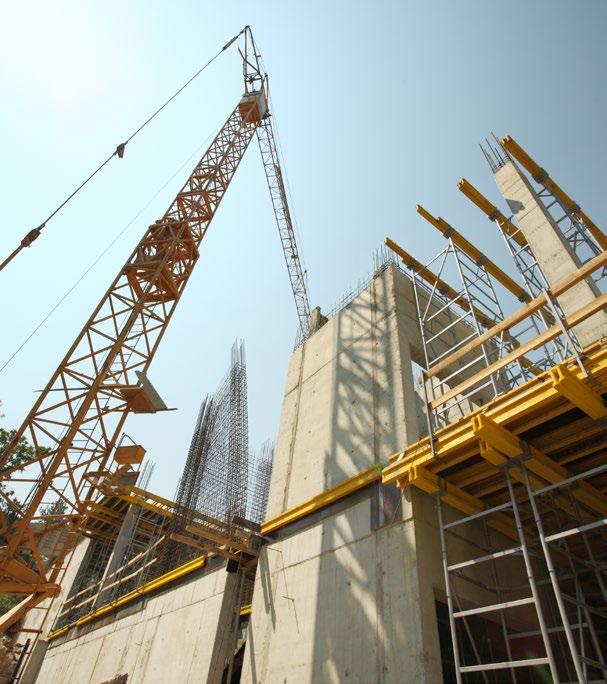
2 minute read
Debts referred on the rise
Mark Logue, Joint Managing Director of AMPAC Debt Recovery gives his observations about what’s ahead for the insolvency landscape based on recent events.
The fallout from the Probuild collapse will have far reaching effects for suppliers and subcontractors in the construction industry. It also serves as a warning for other sectors that have been impacted by COVID-19.
When a large building contractor falls over, it attracts a lot of attention which is widely reported in the media. Most industries don’t attract such a high level of interest, but still suffer many of the same problems that are associated with a significant interruption to their trading activities. These include:
• Supply chain issues resulting in material cost increases that flow straight through to profit margins; • COVID-19 delays, lockdowns, wage pressures and staff shortages that have a long-lasting impact and continue to make it difficult to operate profitably and efficiently; • Additional pressure on cash flow and working capital as a result of the aforementioned.
In March last year we wrote about the inevitable increase in insolvency and what factors might cause insolvency levels to rise. What we didn’t know (and neither did anyone else), was when this was likely to happen. As 2022 rolls on, we are noticing an increase in the volume of both commercial and consumer debt referred for collection, which for the past two years has been relatively subdued due to government stimulus measures and a generally softer approach to debt recovery by trade credit suppliers.
In February 2022, AMPAC recorded a 22 percent increase in the number of debts referred for collection when compared to the previous corresponding period and a 49 percent increase in the value of debts placed. Such a large increase in the value of debts placed is perhaps a reflection of the forbearance afforded to customers throughout the pandemic but is a clear indication that suppliers are no longer willing to wait for payment.
We have also observed the ATO is less willing to entertain payment arrangements and is asking for a lot more information from an applicant before agreeing to extended payment terms. In other words, they are assessing the longer-term viability of the business before granting them extra time to pay. On top of that, we have seen an increase in the number of Directors Penalty Notices being issued.
The long-held view of both tax and insolvency accountants is that as soon as the federal election is over, the ATO will significantly ramp up its collection efforts. Businesses that have saved the stimulus payments or used them for the right reasons will survive, but those organisations that used the money to plug preexisting holes in their organisation may struggle to fully recover from the impacts of the pandemic.
Our advice to clients remains consistent particularly for unsecured creditors. Where a customer is identified as “high risk and likely to default”, close monitoring of the account and swift recovery action will significantly reduce the potential for a bad debt.
Ampac Debt Recovery regularly publishes helpful tips about recovery action for businesses affected by client insolvency: www.4ampac.com.au/blog.










